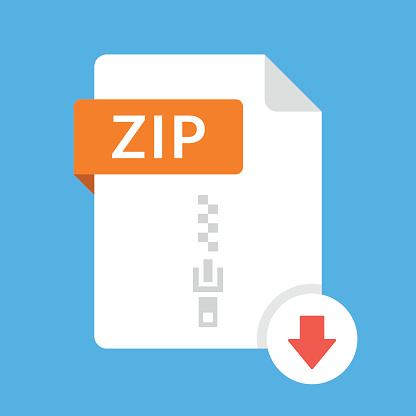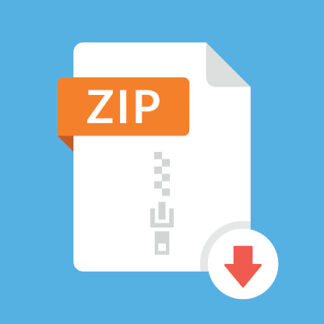Description
Advanced Program Design with C++
This is the first of four programming assignments. Note that the assignments are not ‘stand-alone’, but rather
build on top of each other to form a bigger project. Hence, subsequent assignments will require you to extend
and/or refactor code you have written for the previous assignments.
The assignments will focus on a number of tasks that are typical for large-scale data analysis: For example, you
will implement (simplified) versions of a search engine, a document analysis and a recommendation system.
Task 1: “Document Indexing” (5%). Your first task is to create a so-called document-term matrix from a
number of input documents. You have to build a dictionary, which is a set of all words that appear across all
documents. To build the dictionary: (i) process all input documents; (ii) split the input text into tokens using
whitespace and punctuation; and (iii) convert all characters to lower case. Count the occurrence of each token
per document and print the results in a table sorted by token, like this:
Dictionary Doc1 Doc2 Doc3 . . .
adventure 1 0 5 ·
c++ 1 0 1 ·
dummies 0 3 2 ·
in 3 6 1 ·
java 0 1 3 ·
programming 4 4 0 ·
. . . . . . . . . . . . ·
Total 83 97 111 ·
Input. Your program has to first read a configuration file (e.g., index.txt) that specifies which documents to
index. Each line in this file contains the filename of a document. That is, you have open each document listed
in this configuration file and add it to your document-term matrix.
Processing. You have to compute two versions of the document-term matrix: (i) A complete matrix, which
contains all tokens; and (ii) A filtered matrix, where you remove all tokens that come from a list of so-called
stopwords (this list will be available on Moodle).
Output. Print the two versions of the document-term matrix as defined above to cout. Use stream manipulators to format the table entries: dictionary words left-adjusted, fixed length, numbers right-adjusted, same
width for each column. Additionally, print a legend indicating the file name for each document (column in the
table).
Coding guidelines. Submit a single file indexer.cpp, which must include your indexing functions, as well
as a main() function to run your code. Include the group members (names, ids) in a comment at the top
of the file. You are free in the choice of an IDE, but your code must be standard, cross-platform C++ code;
i.e., it must be possible to compile your code on any platform using the gcc compiler. Do not submit any
IDE-specific project files (such as Eclipse .project files).
Submission. You must submit your code electronically on Moodle by the due date (late submission will incur
a penalty, see Moodle for details). You must also demo your code to the marker in one of the lab sessions (time
slots for the demo will be reserved through Moodle). Note that all group members must be present for the
demo and ready to answer questions about the code.



